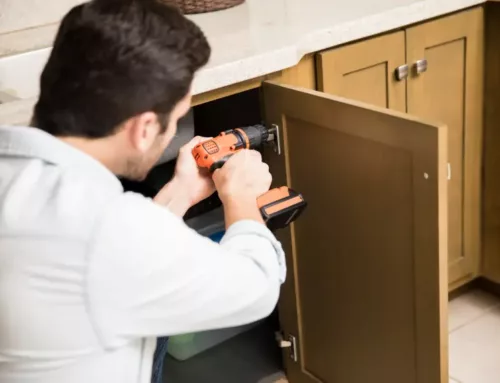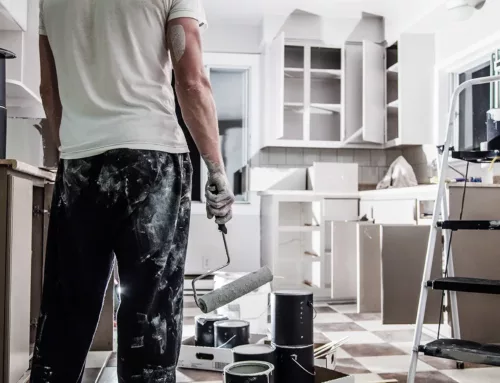Table Of Contents
Why Lead Paint Should Be Removed From Your Home
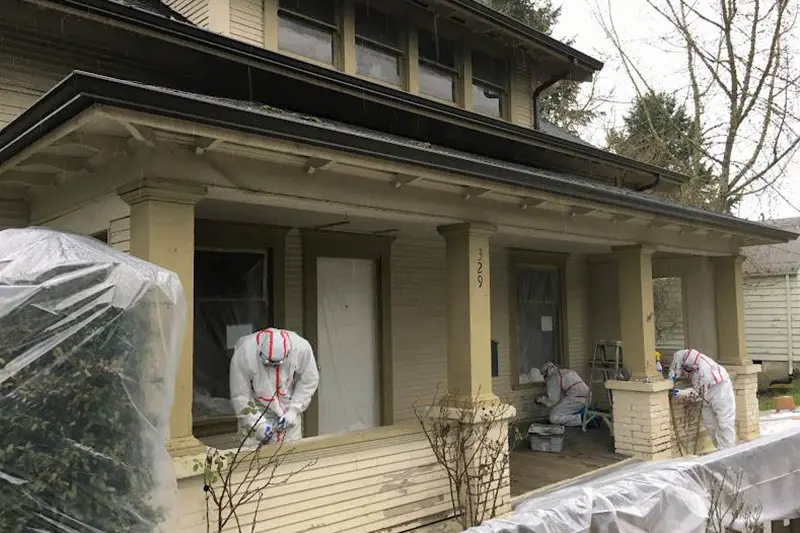
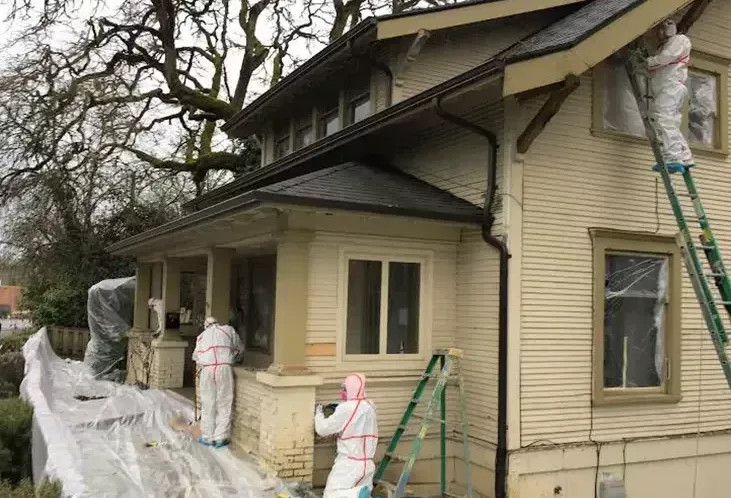
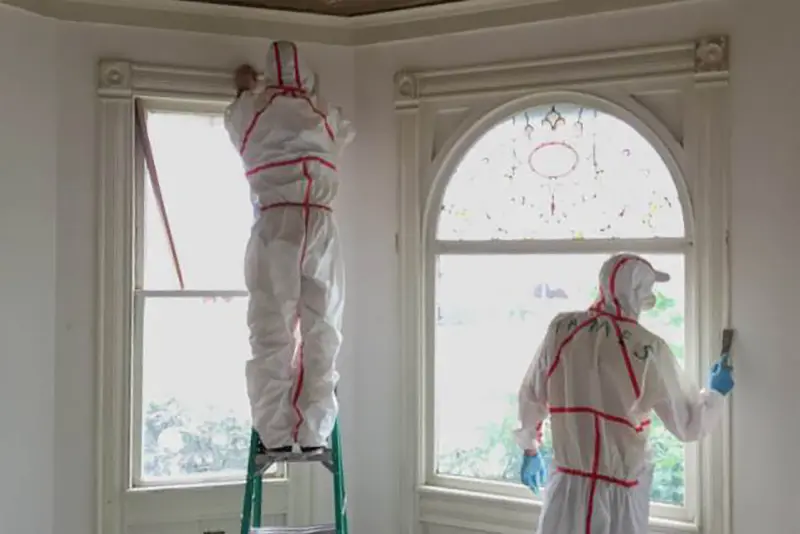
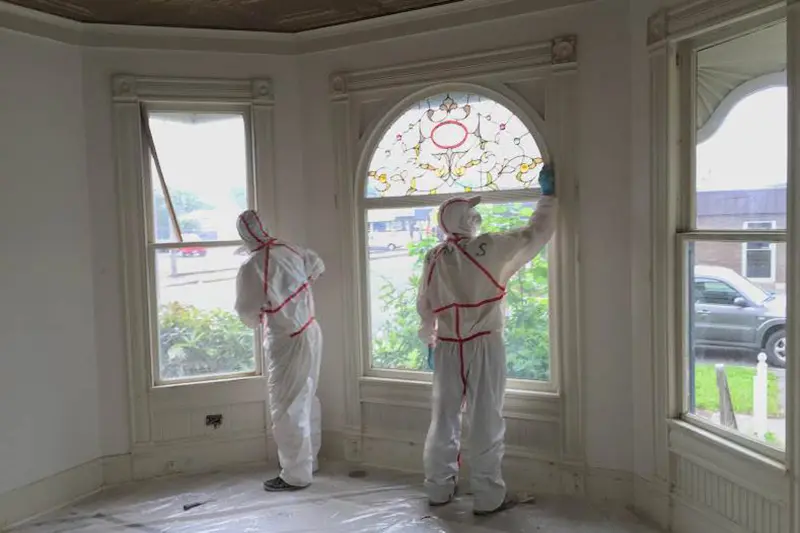
Lead is a highly toxic metal capable of causing a range of serious health problems in children, adults, and even pets. It’s been removed from being used for commercial products such as children’s toys, makeup, and wine, but one place in which it’s likely to linger is the home. About 87% of homes built before 1940 (“How can I tell if my home contains lead-based paint? | US EPA”) are presumed to have traces of the dangerous material.
If you suspect your home was built with lead materials—either in the pipework or paint job—it’s best to have it removed as soon as possible. Lead paint is particularly hazardous. It stands as the most common cause of lead poisoning (“Common Sources of Lead Poisoning | Washington State Department of Health”).
The Dangers of Lead-Based Paint
Lead-based paint is dangerous when it becomes disrupted. Any sign of damage, such as peeling, chipped, chalky, cracked, or dampened lead-paint (“Protect Your Family from Sources of Lead | US EPA”) as well as scratches or dents are a cause for concern. These damages are what cause the toxicity from the lead to be released and ingested.
Pro Tip: It is not safe nor recommended to paint over damaged or deteriorating lead paint. Painting over broken lead paint will not solve the problem of lead toxicity because new paint can’t re-seal lead paint (Zak).
Most homes have been repainted at least once since 1978. Therefore, lead paint may be hiding underneath one or more layers of non-lead paint. This Makes it difficult to detect when using simple, at-home testing methods.
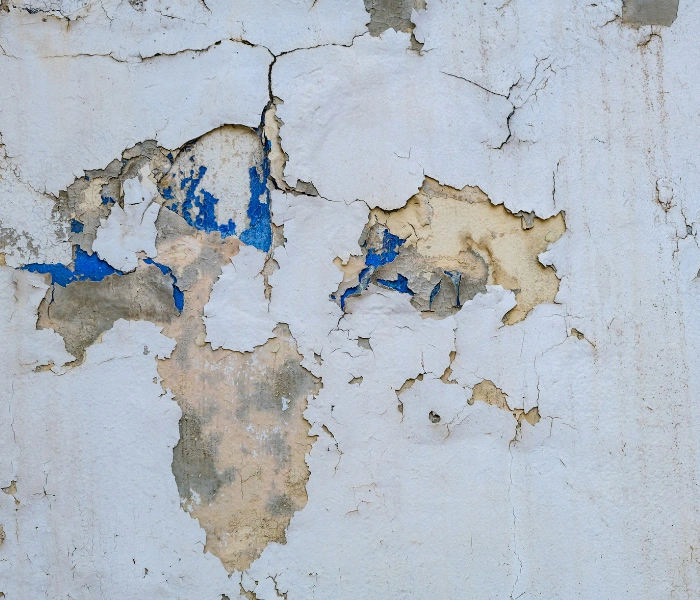
Lead-Based Paint Particles Can Spread Easily
Lead paint is harmful to you and your home because lead dust can get everywhere—on the floor, on furniture, on décor, and even on your clothes. If the exterior of your home has lead paint, it can even seep into the soil surrounding your home. The longer you wait to deal with it, the more it will spread and the harder it will be to remove from the layers of your home.
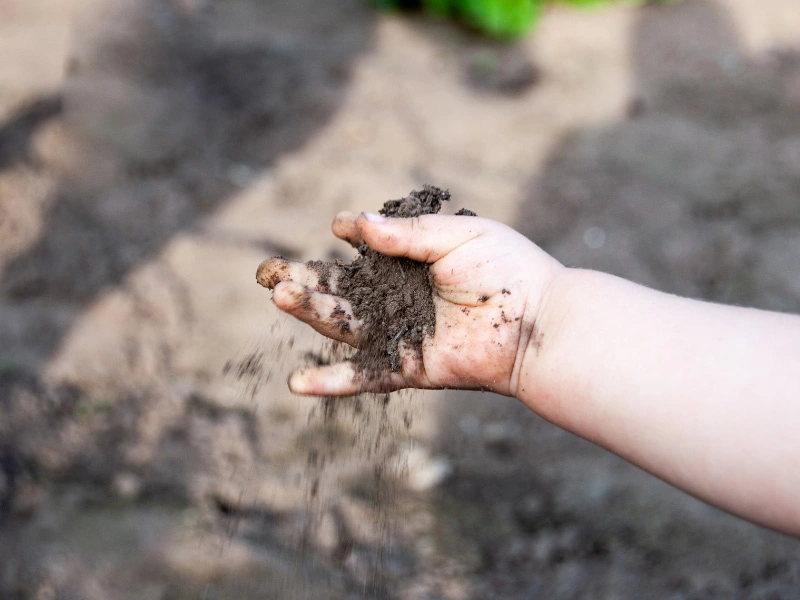
Who Is At The Highest Risk Of Lead Poisoning?
Children in and out of the womb are at the greatest risk for lead poisoning. As are women who are pregnant. Women who have had lead exposure can pass lead to their babies through blood during pregnancy (“Pregnant Women | Lead”). Potentially leading to birth defects, premature birth, and miscarriage (“Explore Housing With Lead Risk in Oregon | 2021 Health of Women And Children Report”).
Young children are most susceptible to lead poisoning by putting lead-contaminated objects, such as paint chips, into their mouths, inhaling the substance, or by playing in lead-contaminated soil. Pets are considered high-risk for similar reasons—they’re prone to eating things they shouldn’t and playing low to the ground in dangerous areas.
Lead Paint Effects On The Body
According to the Oregon Health Authority, lead exposure can lead to the following:
- Brain damage and lower intelligence
- Behavior and learning problems
- Hyperactivity
- Impaired speech and language
- Slowed growth
- Kidney and liver damage
- Hearing damage
List by Oregon Health Authority: Children and Lead Poisoning Factsheet
According to The Department of Health and Human Services, Environmental Protection Agency, and the International Agency for Research on Cancer, lead paint is also a probable carcinogen, or cancer-causing agent.
The effects of lead absorption can be long-lasting and potentially fatal. As mentioned above, lead that’s taken into the body can inflict damage on vital organs such as the brain, kidneys, nerves, and blood. It can cause mental and behavioral problems, learning disabilities, seizures, joint pain, irritability, and more. These dangers are the main reasons it should be removed from your home.
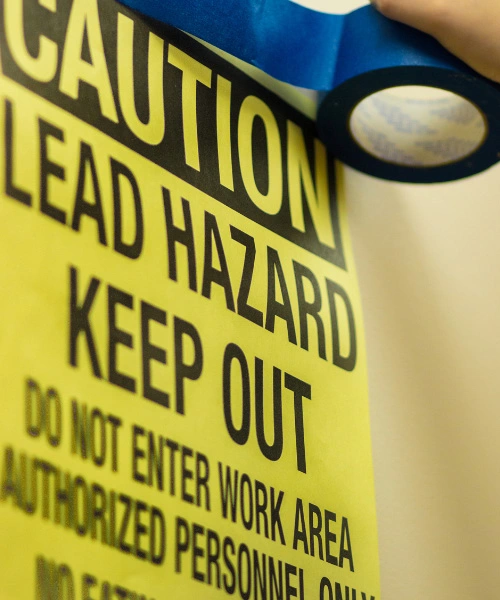
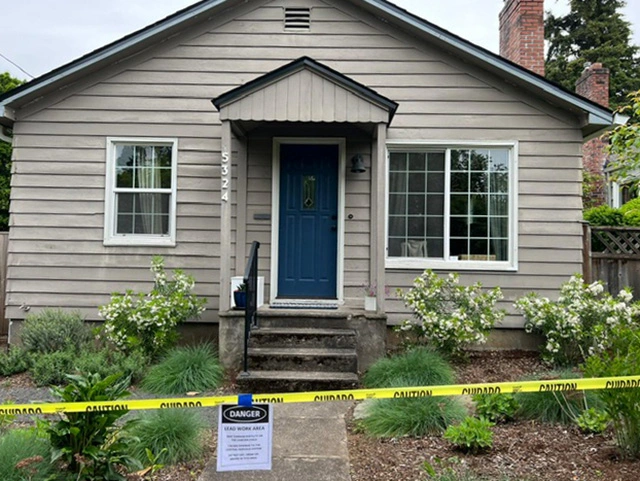

How To Avoid Lead Poisoning From Lead-Based Paint
Lead was a common additive in paint because it made the mixture more durable, moisture-resistant, and longer-lasting. However, the U.S. officially banned lead-based paint in 1978 (“Oregon Health Authority : Lead-Based Paint FAQs”) after its dangerous side effects became widely known.
Remove Lead-Based Paint From Your House
The sad thing is, many homes built earlier still contain traces of lead paint today. If your home was built before 1978, it’s recommended that you have your paint tested. When lead-based paint shows noticeable signs of wear, it’s best to have it professionally removed.
Control Lead Contaminated Dust In And Around Your Home
For lead paint in relatively good condition, there are ways to mitigate—though not eliminate—your risk of contracting lead poisoning. Controlling lead-contaminated dust is paramount:
- Frequently wipe down flat surfaces such as tables, shelves, and windowsills. Use disposable wipes or paper towels, and throw them out immediately after use.
- Mop any smooth floors, and vacuum your carpets and upholstery. HEPA filter vacuums and high-efficiency collection bags are recommended.
- To avoid tracking dust throughout the home, remove your shoes at the door.
- If you plan to renovate your home, be cautious about creating further dust. Hiring trained professionals who know how to deal with lead-based paint can help you avoid the dangers.
Can I Sell A Home Containing Lead Paint?
It’s not illegal to sell a home that contains the toxin, but lead-based paint significantly lowers a home’s value and its chances of selling. It’s highly recommended to have the lead paint removed first, and give the house a new paint job. This will increase its overall value and curb appeal, which will help it sell faster as well.
Due to the additional risk, some contractors and renovation companies are less likely to take on projects in lead-contaminated homes. For these reasons—along with the serious health risk—removal of lead paint is highly encouraged before proceeding with other remodels.
Pro Tip: If you’re in Portland, Oregon, or the surrounding areas looking for safe, professional lead paint removal and exterior or interior repainting, JK Paint & Contracting is the way to go. Contact us for a free quote, or with any inquiries.
Surprisingly Common Myths About Lead Paint
Lead used to be a common ingredient in paint because it increased drying time, as well as the paint’s durability and longevity (“Lead paint”). Even though lead is banned in the US it’s still a problem. There are a shocking number of misconceptions about lead paint that need to be addressed.
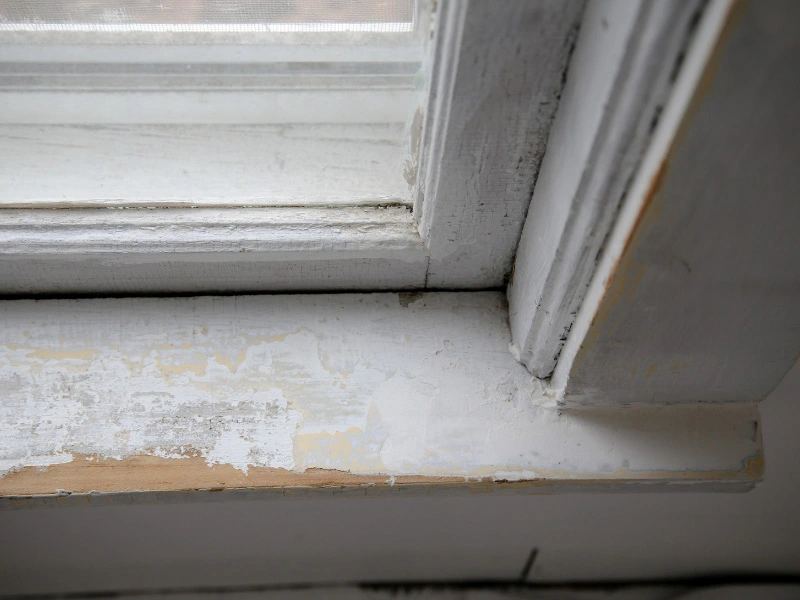
“Lead Paint Isn’t Around Anymore”
It’s true that lead use was banned from residential paints (“Lead in Paint | Sources of Lead”), but that doesn’t mean every home is lead-free. There was no mass removal of lead after it being banned, only progress in no longer using it going forward. Is your home on the older side? It probably contains lead if so. Have a trusted local painting company test your interior and exterior paint for lead.
“Lead Paint Is Only Dangerous If It Has Major Damage”
Another surprisingly common myth about lead paint is that it’s only dangerous when it’s massively deteriorating. The truth is that even normal wear-and-tear, like minor scraping or chalking in a specific area, can cause lead dust to enter the air and contaminate your home. Of course, the more worn-down lead paint is, the more dust it emits, but even small amounts of lead can lead to serious health problems.
“Lead Paint Is Easy To Identify”
Lead paint has a distinctive look that differentiates it from normal paint, so this claim isn’t completely false. However, as mentioned previously, it’s important to keep in mind that most homes have been repainted with non-lead paint at least once since the 1970s. So if lead paint is concealed by several layers of non-lead paint (“Protect Your Family from Sources of Lead | US EPA”), this would make it impossible to determine whether you have lead paint in your home without a proper paint test conducted by a painting company.
“You Should Remove Lead Paint Yourself”
Again, this is not an entirely false statement. Technically, you can remove lead paint by yourself; but should you? Probably not. If you attempt to remove it yourself, you could accidentally expose yourself to lead dust and make yourself sick. You could also miss a few spots and fail to completely remove the lead. A professional lead paint contractor will have access to the best safety equipment and removal tools to efficiently remove it from your home.
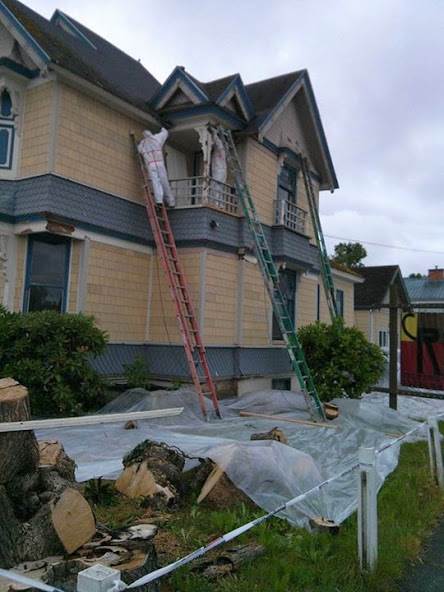
If you have lead in your home and live in the surrounding areas of Portland, Oregon, JK Paint and Contracting is a licensed and EPA-certified lead paint removal contractor that can remove every trace of lead paint in your home. Let us know if you have further questions or need more information on our lead removal services!









